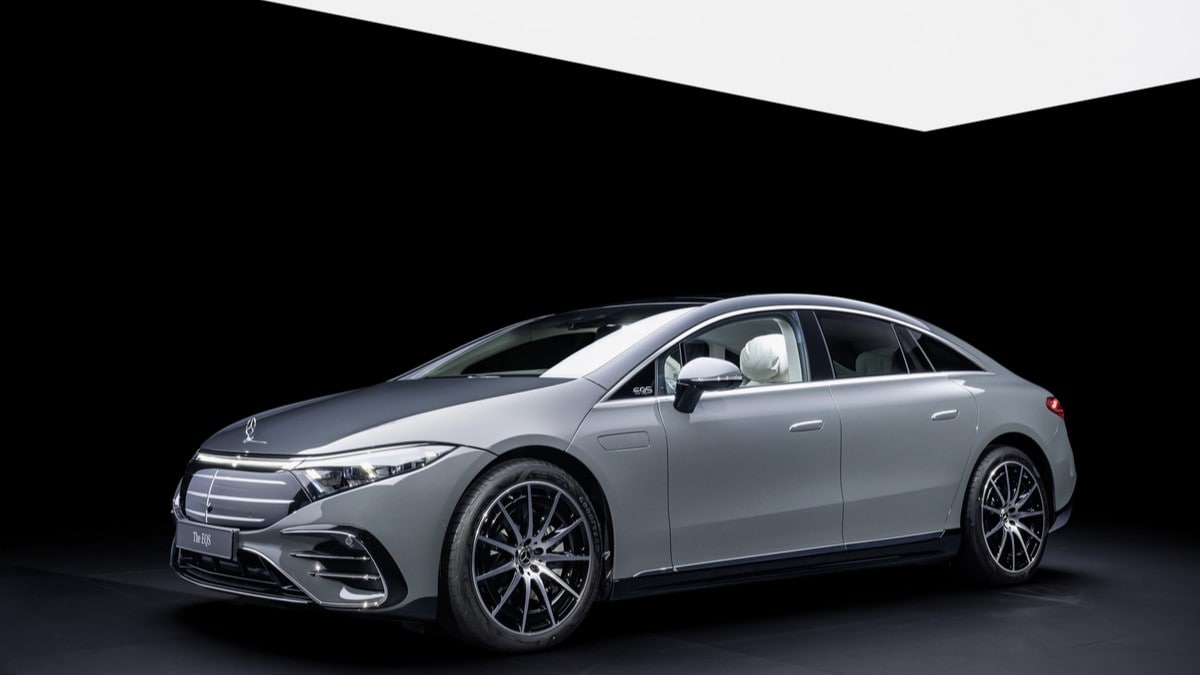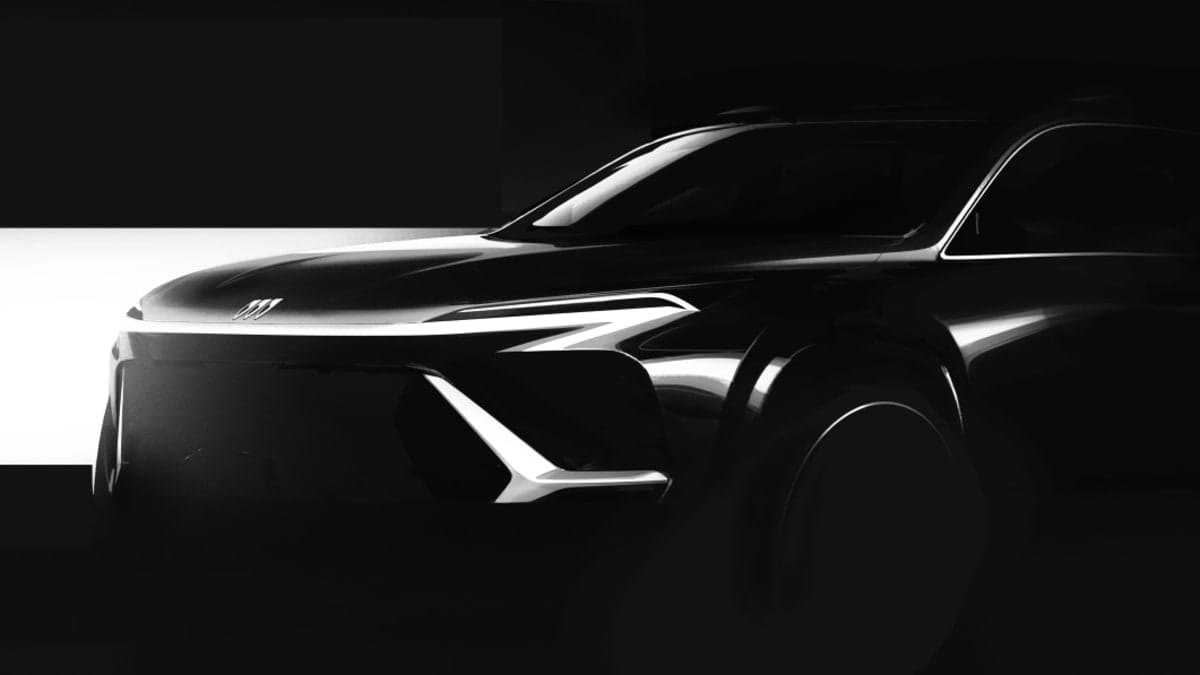Quick Facts About Trading In a Car
For car owners, one age-old question is, should I keep my car or trade it in? It’s not easy to answer because the best time to trade a car is a moving target. Every situation is different, and every vehicle is different. The value of anything is determined by how much someone is willing to pay for it. For example, was a 1969 Chevrolet Camaro ZL1 sold at last year’s Barrett Jackson Auction in Arizona really worth $770,000? Clearly, it has that value to someone.
Knowing when to trade in your car to your best advantage requires more information than we have to work with. However, we will tell you about some generalities and a few constants that often hold true. You can skip ahead for advice on trading your car using the jump links below.
What Is a Used Car Trade-In?
A dictionary definition of a trade-in is relatively clear: It’s an item of merchandise (such as an automobile) taken as payment or part payment for a purchase. Reminding you of the defined meaning of “trade-in” isn’t because we assume you don’t know it. Obviously, you wouldn’t be reading this if you didn’t. However, we will circle back to the exact meaning of a trade-in later in this piece. Therefore, we decided to put the exact meaning at the top of this article. Stay tuned.
How Long Should You Keep a Car?
How long you should keep a car is up to you. Some estimates suggest the average length of ownership of a new vehicle in the U.S. is more than 8 years. “Average” is the operative word here. Some people trade automobiles like baseball cards, while others drive a car until the wheels fall off. However, when talking about owners who want to trade in a car to gain the most value when purchasing a new vehicle, there are some fundamentals to help maximize value.
Car Depreciation Rate
A car’s depreciation rate, especially for the first several years, is the best gauge for keeping your ride or trading it in. Every car depreciates, at least for a while. At a point, some automobiles might begin to appreciate again, as in our 1969 Camaro example earlier. However, in nearly every case, if you keep a car long enough, it will depreciate to its scrap value. In other words, keep a car long enough, and its only value will be to a junkyard.
According to data from Kelley Blue Book parent company Cox Automotive, the average new car transaction price at the beginning of May 2024 was $44,732. Based on that number, the vehicle valuation analysts for Cox Automotive determine the following average depreciation cost.
| Average New Car Depreciation Cost, May 2024 | ||
|---|---|---|
| Off-the-lot | 15.50% | $6,932 |
| Year 1 | 17.97% | $8,038 |
| Year 2 | 15.69% | $7,018 |
| Year 3 | 12.32% | $5,510 |
| Year 4 | 10% | $4,458 |
Source: Cox Automotive
Related: Is Now the Time to Buy, Sell, or Trade In a Used Car?
Average Car Mileage
Group-think across the automotive industry is that 12,000 miles is the annual mileage standard. Most leases are based on that 12,000-mile annual number, as are most new-car warranties. Likewise, when evaluating a used car’s value, 12,000 miles per year is considered average. In other words, a 3-year-old vehicle should have about 36,000 miles on the odometer.
However, mileage isn’t always the best or only consideration when calculating a used car’s worth. For instance, a 3-year-old, well-maintained car with 50,000 mostly highway miles is likely to be in better shape than a neglected 3-year-old car with 36,000 city miles. Furthermore, on average, some car models simply last longer than others, providing fewer reliability issues along the way, and have higher resale value. For example, in our 2024 Best Resale Value Awards, Kelley Blue Book crowned Toyota the top brand for resale values. Mileage, though, does enter the used-car value equation.
RELATED: Can I Afford a Car in 2024?
When to Trade In a Car
Determining that sweet spot for trading in a car at its peak value is a mixture of art and science. You can discover what your vehicle is worth today with Kelley Blue Book’s valuation tool. The figure it generates is widely known in car transactions as the “book value.” You need to know these values to trade in or sell your car. Use the number to compute the current value against the loan payoff amount on your car’s financing.
When the book value is more than the loan balance, the difference is your equity. That equity becomes at least part of the down payment on a vehicle you want to purchase. This is the classic definition of a trade-in, as described at the top of this story. Any time there is equity in your current car, as a trade-in, it becomes a partial payment in another car transaction. That is, it helps reduce the amount to be financed on the new purchase. This is what a trade-in should do.
The tricky part is guessing whether a used car’s value will rise or fall in the future. Usually, this isn’t a major undertaking because used car prices nearly always fall. However, used car prices (and values) soared during 2022 amid supply chain issues and other economic constraints. The average price of used cars is about 4% less than a year earlier. They remain higher than in 2019 but have fallen lower than at any point in 2022 or 2023.
On the other hand, carmakers are getting back up to speed, and dealer inventories will continue to grow. Having more cars on lots curtails dealer markups. And increased stock also makes dealers more agreeable to negotiate prices while providing a wider choice of models. It’s a tradeoff.
Trade-in Timing
So, when should you trade in your car? If you are determined to trade in your car, the best time will be any time after its book value exceeds its loan payoff amount. What about the best time of the year to trade? If forced to pick, we’d say earlier in the year rather than later. In terms of its model year, it will seem newer at the beginning of a year than toward its end. Consequently, it will be more appealing.
RELATED: Can I Finance an Older Car?
When Not to Trade In a Car
Although there are exceptions to this rule — as there are for most rules — don’t trade in a car that is worth less than what you owe. In other words, if you get less when trading it in than the loan payoff, don’t do it. In the finance world, this is what is called being “upside down” or “underwater.” The result of trading in a vehicle in which you are underwater is that you are transferring that same issue to your next vehicle. That’s because the difference between what you owe and your car’s value is rolled into the amount financed on your next car. Consequently, right off the bat, you ensure you will be deeper upside down into the loan term of your next car.
Moreover, average new car prices remain high despite easing off their 2023 peak. Thus, replacing your current vehicle with an overpriced new one may not make fiscal sense.
MORE: 2024 Best Resale Value Awards: Top Cars, Trucks, and SUVs
What About Significant Price Cuts?
Tesla has slashed the price of some models by up to 20%. While potential buyers find the discounts attractive, many current owners are upset by new price cuts that essentially drag down the value (by tens of thousands of dollars, in some cases) of Tesla models purchased before the prices dropped. When new car prices fall, the price people are willing to pay for similar used cars also falls. It’s an unfortunate and frustrating spot to be in, for sure.
Still, the situation isn’t different from other instances of negative equity. If you can’t sell or trade the vehicle for more than how much you owe, keep driving it to offset the financial blow and avoid being even deeper underwater on your next car.
RELATED: Car Trade-in Tips: How Can I Maximize My Car’s Value?
Trade-in Car Pros and Cons
Here are some reasons to trade in your car (pros), as well as reasons to keep it (cons). Consider all of the benefits and disadvantages when deciding whether to trade your car.
Pros
- Equity – The value is more than the cost of paying off the financing; therefore, there is equity to pay down the transaction cost of a new car.
- Lifestyle change – Significant life changes, such as a new job, a baby, or some other development, require a change in your personal transportation.
- Repair costs – If the warranty on your current car has expired and you fear the costs of impending repairs, replacing it with a vehicle with warranty coverage makes some sense.
- Falling used car prices – If used vehicle prices continue to decline (an unknown), your car’s book value might decrease. Consequently, if you aren’t underwater now, you could be if prices don’t level out.
Cons
- Cost – If trading in a car will cost you money, you should put it off as long as possible. When will it cost you money? When you owe more than the car is worth. Whether you cover the difference out of your own pocket or roll it into the next car loan, it will cost you.
- Satisfaction – Forget for the moment whether you have equity in your car; if you are satisfied with it, why unload it? Unless you paid too much for it or the interest rate (unlikely if you’ve had it for more than 18 months), you are probably better off holding on to it. You’ve already absorbed the big depreciation hits.
- It’s paid off – If you’ve managed to pay off your current car and you don’t hate it, consider hanging on to it until the market settles and interest rates go down. Even if you find yourself spending a little on minor repairs, those expenses will probably be less than shouldering the costs of a new vehicle. Be patient and bank some money toward a bigger down payment for your next car.
Read Related Articles:
Editor’s Note: This article has been updated since its initial publication.





